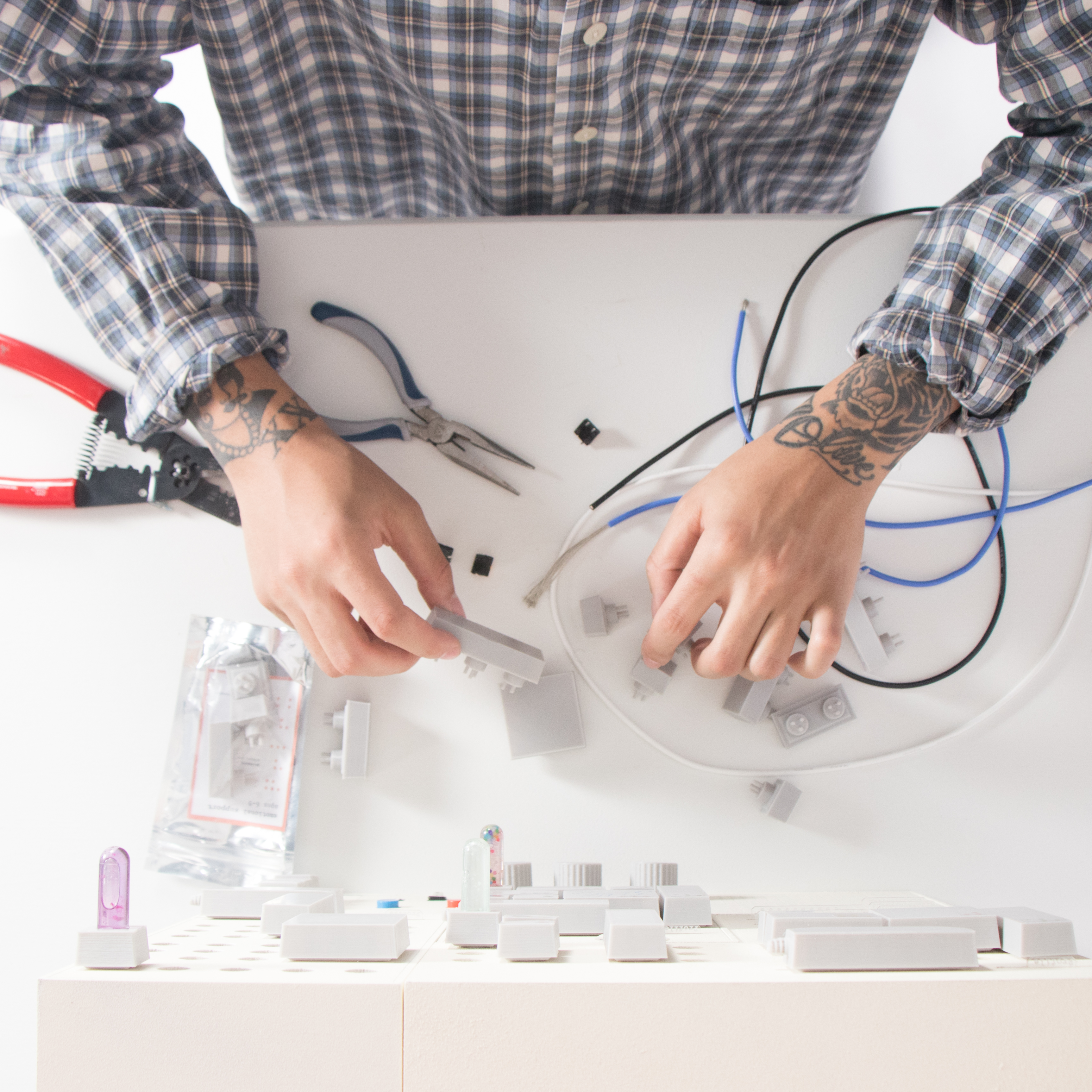
Denuclearized Family is a
Speculative design project made in collaboration with
Adriana Noritz
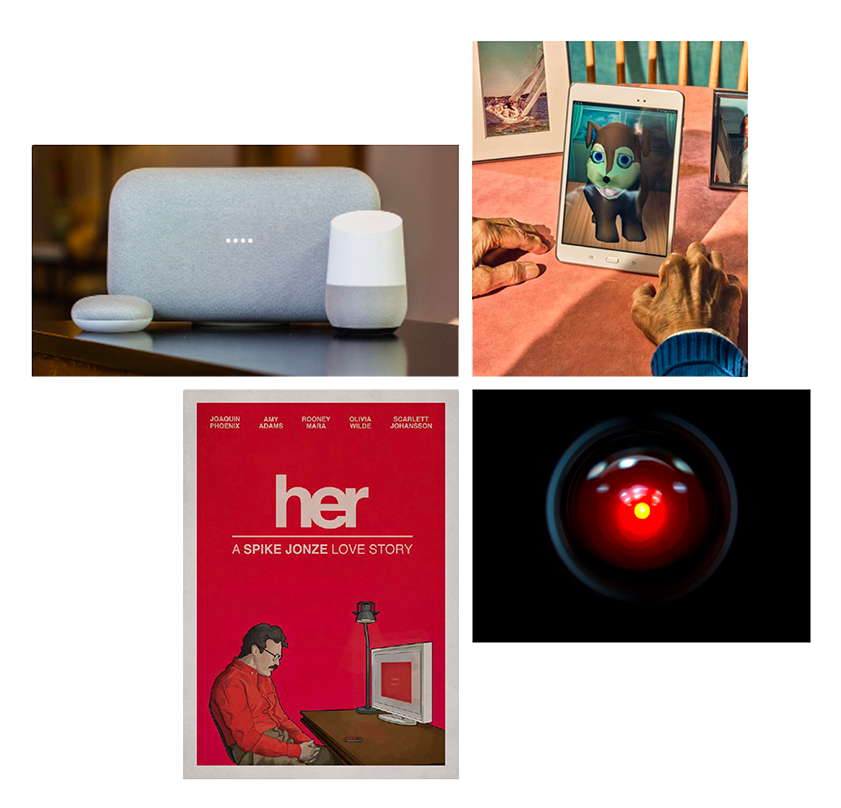
This speculative project takes place in a lost future, where virtual assitants play an increasingly large and intimate role in our lives
There is a father, a son, a daughter, and an automated home assistant. The
system retains the cold calculated
nature of a mechanical solution.
However, the human desire to personify technology has transformed
it into a member of the family. It
is a partner, an imaginary friend,
a confidant, a guide, a caretaker,
and—in this household—a mother.
Denuclearized Family utilizes
a cast of characters
and relationships to pick apart
potential reactions to an AI in
the home.
Ultimately, Denuclearized Family
hopes to provide a vision of the
future where AI and automation has
become involved in even the most
mundane and intimate affairs of
humanity. Our hope, is to provoke
questions within the viewer about
the future and inspire thoughts
about AI’s involvement in our
current time.
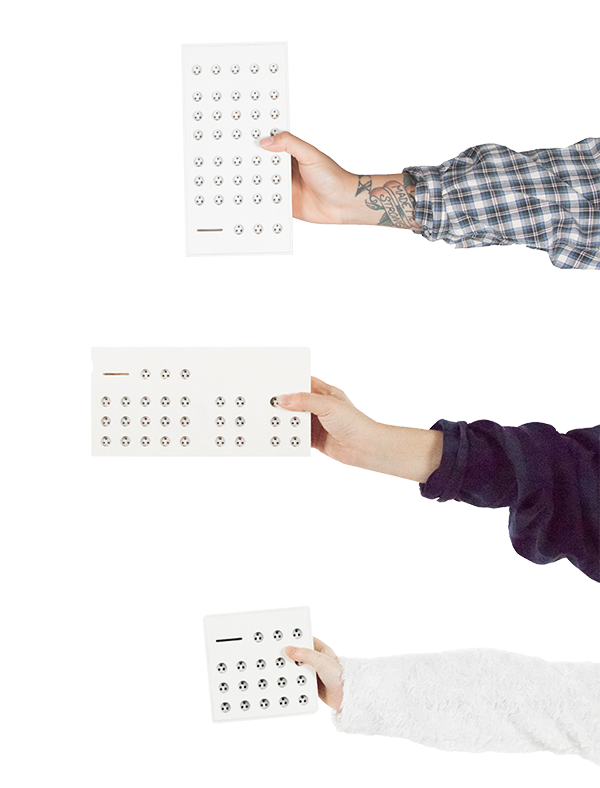

Comprised of several physical
Interfaces, this system of boxes
and controls is how the family interacts with their AI. Each member
has their own box, that controls
how the system treats them individually. Modules can be installed
to these boxes to update the AI.
![]()
The AI has one central box with
buttons, knobs, and switches. These
control the AI’s overall levels of
INPUT and OUTPUT in the household,
as well as initiate “quiet mode”
and other procedures.
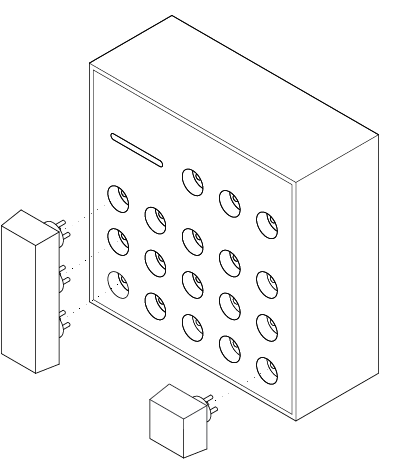
These modules can be purchased and
installed to update the system’s
methods for interacting with a
user. Each user can install their
own specific layout of modules to
build the best system for themselves. These modules are created
by a plethora of third-party companies and individuals.
While the son chooses an AI that shares punk music and radical literature, the father utilizes more emotional support modules. These modules also have more pragmatic functions, such as controlling diet, medications, and cleanliness.
While the son chooses an AI that shares punk music and radical literature, the father utilizes more emotional support modules. These modules also have more pragmatic functions, such as controlling diet, medications, and cleanliness.
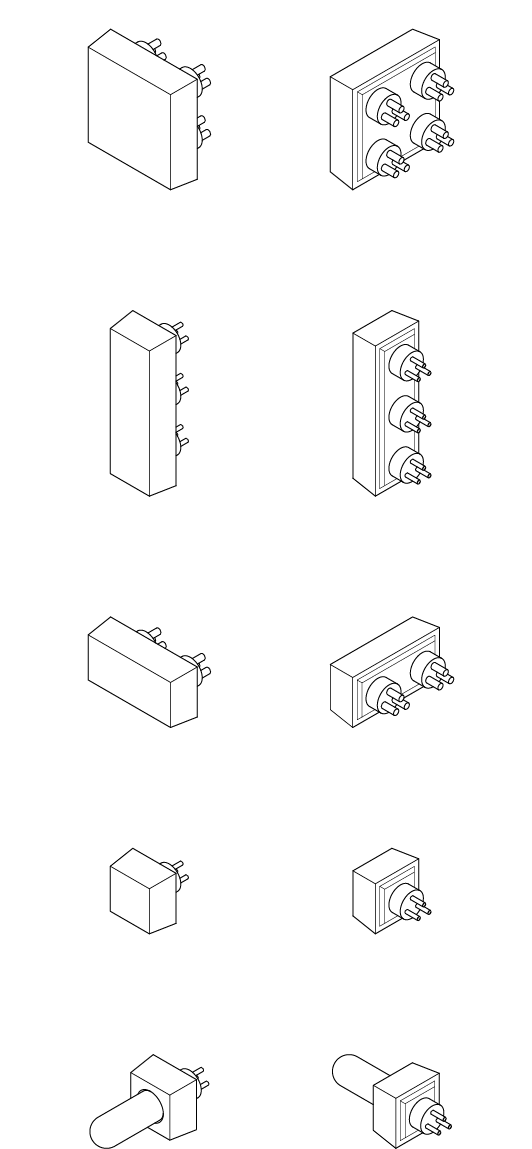

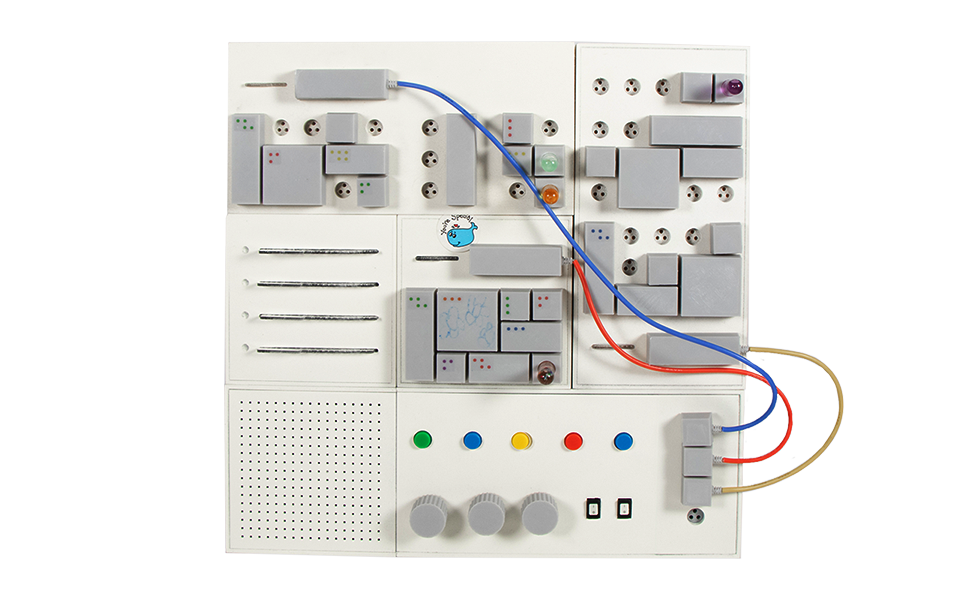
We created a comprehensive set of
physical models create the control
panel for the AI. By pulling upon
retro-futurist aesthetics, these
models make the nebulous
ideas of AI interaction easily
understood. Each set of buttons,
knobs, switches, units, and modules,
allows the viewer to imagine what
decisions they might make in this
potential future.
Should we limit
the AI interaction today? Do I want the AI to medicate my
children? Do I want this AI to
monitor me; even if it will make
my life easier?

This project was presented at AIGA’s 2019 design conference, with Prof. Matt Wizinsky. Here you can read a brief interview with him, and my partner Adriana Nortiz.
This project was also exhibited at PRIMER2019,
and was a finalist for the Emerging Designer Exhibition Award.
and was a finalist for the Emerging Designer Exhibition Award.
